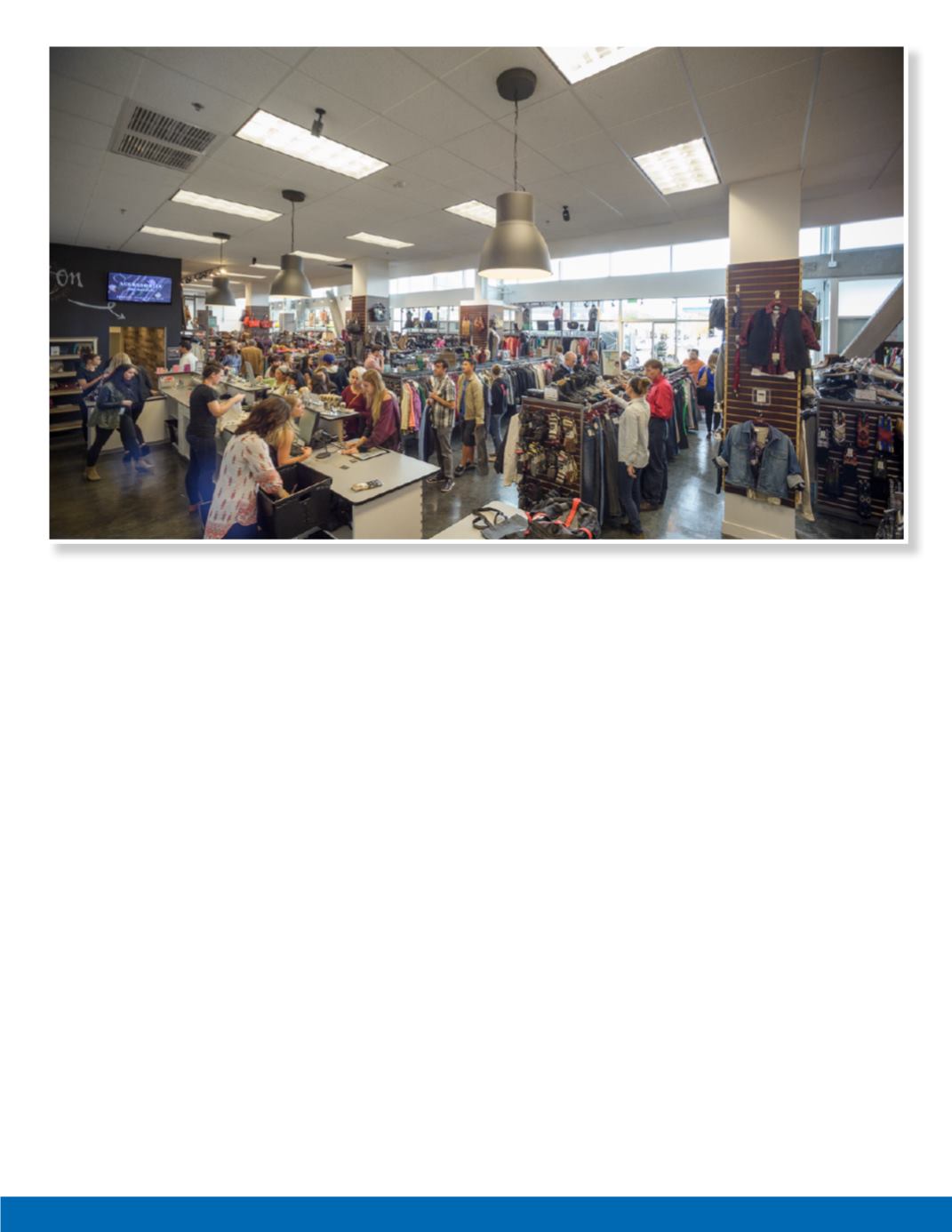
4
Business View Magazine
that opportunity to work with family and solidify those
bonds in a business environment.”
All but two of the Uptown Cheapskate roster’s 45 lo-
cations – the original store in downtown Salt Lake
City and another in one of the city’s prominent neigh-
borhoods, Sugar House – are owned by franchisees,
which reflects a corporate philosophy to have a dis-
tinct local flavor in the communities where stores are
located while retaining a corporate testing ground for
operational changes.
The most typical store varieties are 4,000 square-foot
spaces within inline retail strip centers that are an-
chored by a significant tenant like Target, and are with-
in close proximity to a mall or university. Each opera-
tion will have roughly 10 to 12 employees with varying
work weeks, and owners are required to be involved
with daily operations for at least the first six months
after a store opening.
“We strongly suggest that they stay involved on a daily
basis thereafter, too,” he said. “What we see happen
in practice is that, in an ideal scenario, owners will
step out of an operation once it’s hit its stride and the
systems have been put in place and staff has been
trained on our systems. The owner will have the ability
to step out, and our hope is that they’ll step out to then
go open another location.
“We’ve actually got a fair amount of our system that
is multi-store owners. In fact, the majority of our sys-
tem is multi-store operators, which is good for them
because it allows them to leverage their time and it’s
good for us because we can leverage our support. We
can train one owner how to do something and they’ll
then go leverage their time over multiple locations.”
Scott Sloan said Minneapolis-based Plato’s Closet is
the entity he views as the company’s primary competi-
tor, though some other large-scale resale operations
exist, too, that are not franchise-based.


